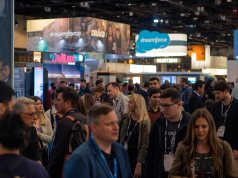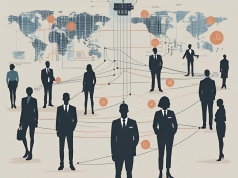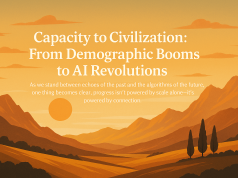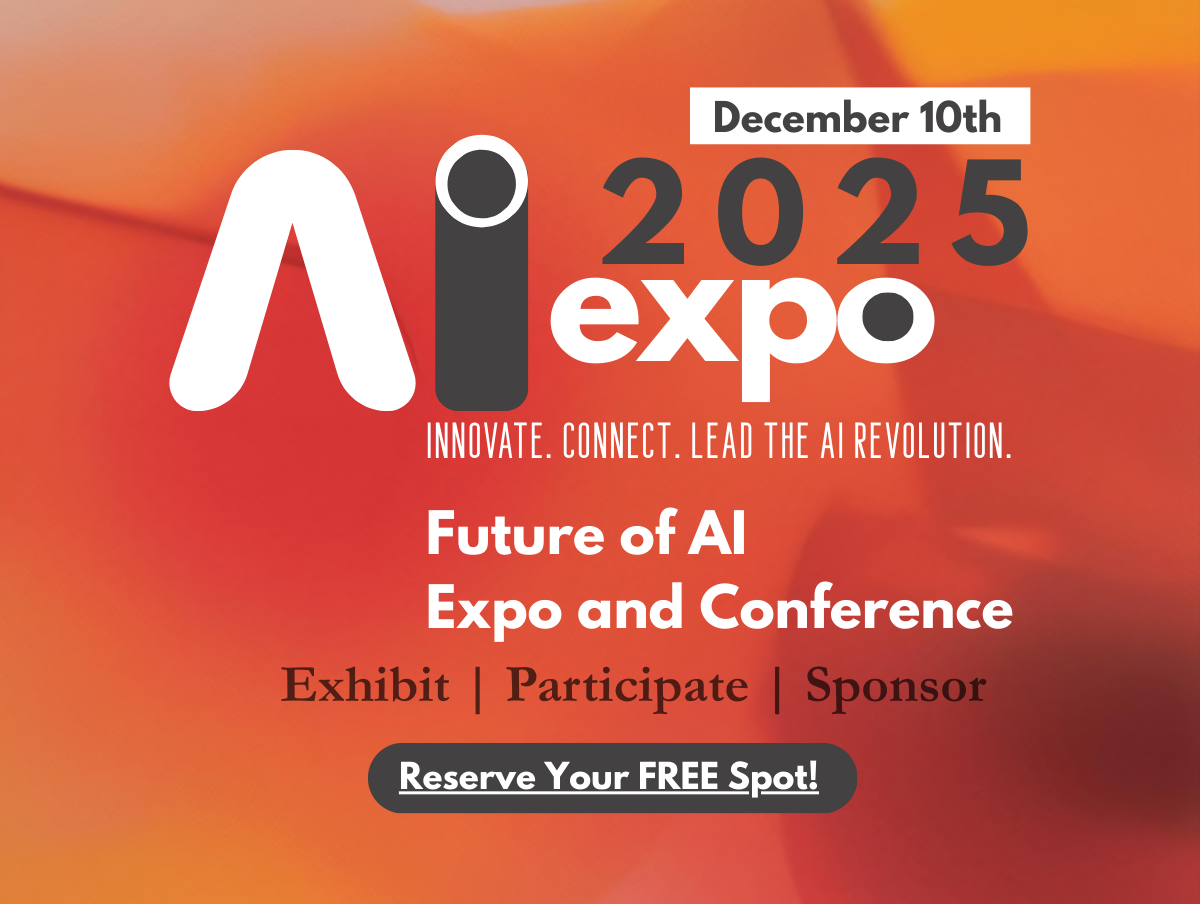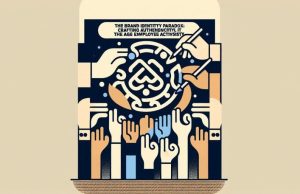As we stand on the brink of the Fourth Industrial Revolution, the fusion of advancements in artificial intelligence (AI), robotics, the Internet of Things (IoT), and other digital technologies is reshaping the very fabric of how we work, produce, and interact. This seismic shift, often encapsulated in the term ‘automation’, carries with it the dual-edged sword of unprecedented efficiency and the unsettling potential for widespread job displacement. The ‘Automation Paradox’ arises from this dichotomy, presenting a complex challenge for today’s businesses and workers alike. How do we leverage these transformative technologies while mitigating their potential to disrupt human lives and employment?
The Integration of Automation: A Dual Tale of Efficiency and Displacement
On one side of the paradox stands the argument for efficiency. Robots, unlike humans, can work tirelessly, with precision and without error, performing tasks at speeds no human could match. AI algorithms can process data and make decisions far more quickly than their human counterparts, driving efficiency in decision-making and problem-solving. The appeal is clear: businesses harnessing such tools can achieve productivity levels previously unattainable, meet customer demands more effectively, and ultimately gain a competitive edge.
Yet, the other side of the coin reveals a sobering narrative. As machines become capable of performing a wider array of tasks, the specter of job displacement looms large. From manufacturing to services, jobs traditionally held by people are increasingly at risk. It’s not just manual labor at stake; white-collar professions are also feeling the heat as AI begins to outperform humans in tasks ranging from data analysis to customer service.
The Human Factor: Creativity and Emotional Intelligence in the Age of Automation
Despite the technological prowess of machines, human creativity and emotional intelligence remain domains difficult for algorithms and robots to replicate. The nuanced understanding of social contexts, the empathetic response to a customer’s frustration, or the spark of innovation that leads to a breakthrough idea—these are the irreplaceable values of human capital.
Businesses at the Forefront: A Lesson in Harmonious Integration
Some organizations are pioneering the path towards an equilibrium between automation and human talent. They offer a blueprint of how the future workplace might look, one where humans and machines complement each other’s strengths. For instance, a factory employing collaborative robots (‘cobots’) that work side-by-side with humans, assisting rather than replacing, can increase safety and efficiency without rendering human workers obsolete.
Policy Roadmaps: Envisioning an Inclusive Automated Future
The journey towards harmonizing human talent with robotic efficiency will require not just corporate foresight but also thoughtful policy-making. Recommendations could include investing in continuous education and re-skilling programs to ensure workers can transition into new roles that emerge from the automation wave. Additionally, governments could incentivize companies that demonstrate a commitment to maintaining a human workforce alongside their automated operations.
Conclusion: Steering Towards a Collaborative Workforce Horizon
The ‘Automation Paradox’ does indeed pose profound questions for the future of work. However, it also opens a vista of opportunities where the combined potential of human and machine labor could propel us into a new era of productivity and innovation. By fostering a synergy between human creativity and robotic efficiency, the future workplace can become a domain where technology empowers rather than replaces the human element.
In contemplating the narrative of automation, it is crucial to remain vigilant and proactive. Companies and policymakers alike must craft strategies that acknowledge the value of human workers and ensure that the rise of the robots is a tide that lifts all boats, augmenting rather than supplanting the human spirit that has driven progress throughout history.

















